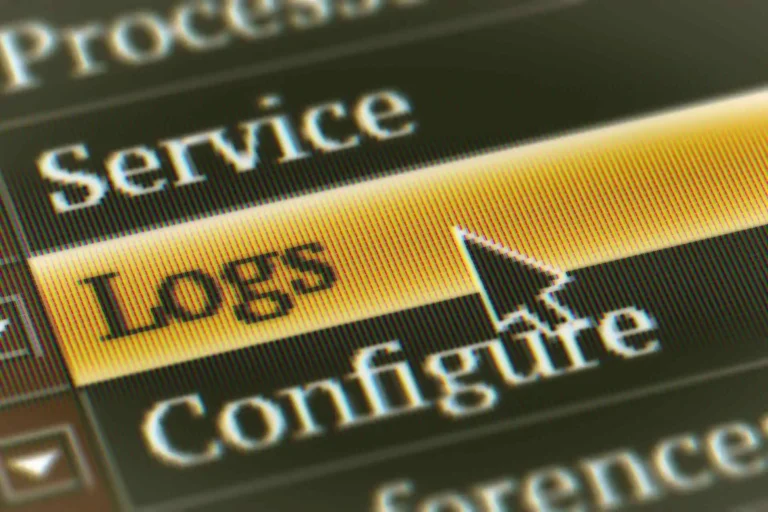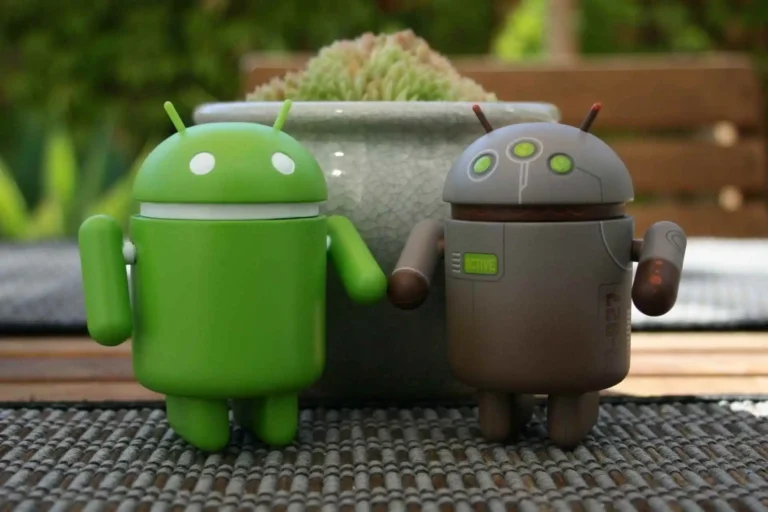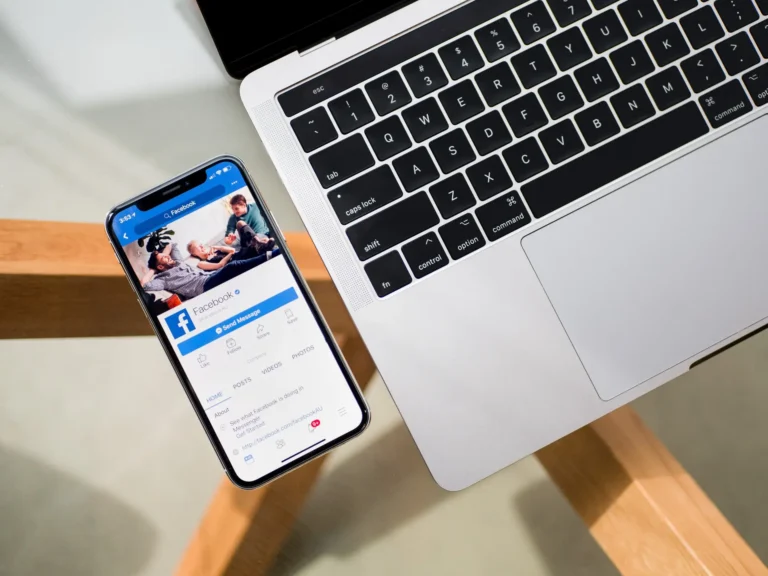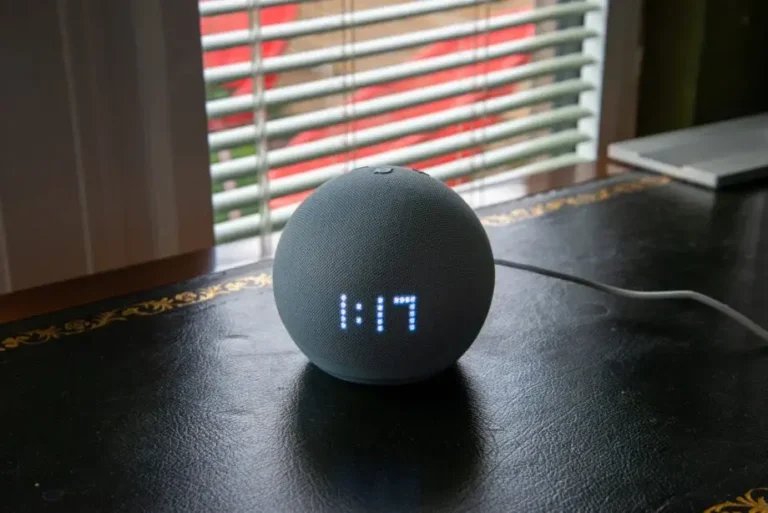12 Ways to Make iPhones and Androids Get Along Better
If you’ve ever been in a household or work environment where some people use iPhones and others are on Androids, you know how tricky it can be to make everything play nice together. Trust me, I’ve been there too. While each platform has its loyal fanbase, they don’t always cooperate as easily as we’d like. But with the right tools and a few smart tricks, you can bridge the gap between these two ecosystems. Here are 12 ways to make iPhones and Androids get along better, so you don’t have to stress over compatibility issues anymore.
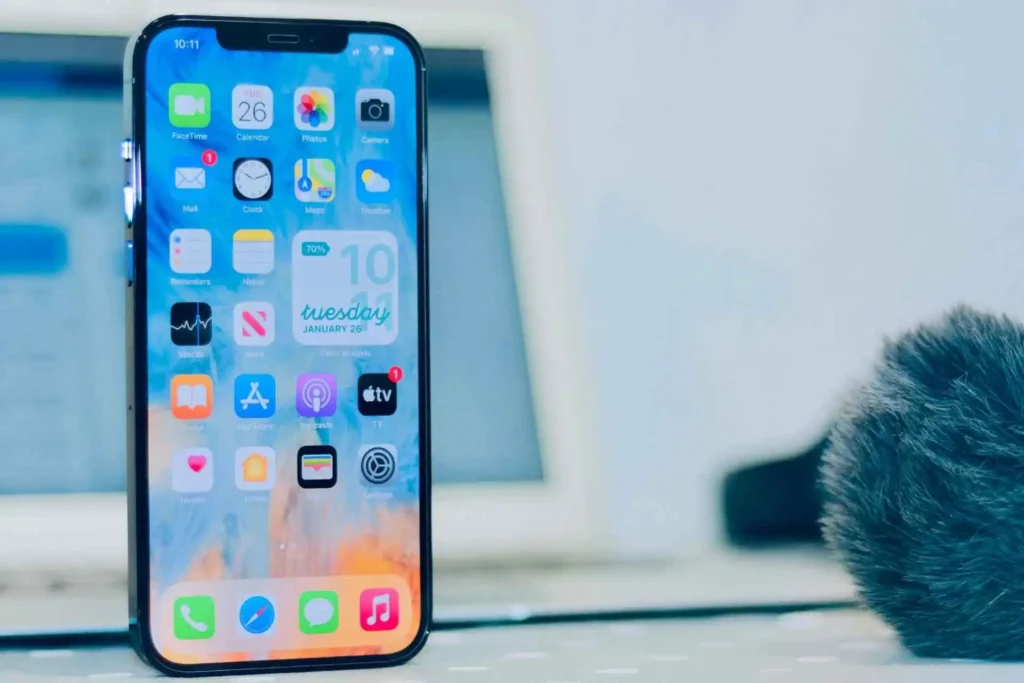
1. Use Cross-Platform Messaging Apps
Let’s face it, texting between iPhone and Android can be a real pain—especially if you’re used to iMessage. Those green bubbles feel like a downgrade! That’s why I swear by cross-platform messaging apps like WhatsApp, Telegram, and Signal. These apps make messaging seamless between iOS and Android, and the bonus? You get encrypted messages, file sharing, and media without any hiccups.
This way, you won’t miss read receipts or worry about texts getting lost in translation between the two platforms.
2. Sync Photos Automatically
When I first started using both an iPhone and an Android device, syncing photos was one of my biggest headaches. Thankfully, Google Photos came to the rescue. It’s free (though with some limitations on resolution) and works on both platforms, allowing you to back up and share photos with ease. I use it to keep my family’s pictures in one place, and everyone can access the same albums, whether they’re on iOS or Android.
Alternatives like Dropbox and OneDrive are also great, especially if you need a bit more flexibility with file formats and storage.
3. Streamlined Cloud Storage for Files
When you’re working across devices, using a reliable cloud storage solution is a must. I personally rely on Google Drive, but Dropbox and OneDrive are fantastic options too. These services let you store and share documents, presentations, and more across iPhones and Androids without any fuss.
For instance, if I’m working on a project from my Android phone and later switch to my iPad, all my files are synced and ready to go—no stress, no missed documents.
4. Share Calendars Effortlessly
Sharing calendars is a big deal for keeping organized, especially if you’ve got friends, family, or colleagues using a mix of iPhones and Androids. I recommend using Google Calendar—it’s simple, intuitive, and works across both platforms without a hitch. Setting up shared events, adding reminders, and keeping everyone on the same page becomes easy.
Before I started using Google Calendar, coordinating events was a nightmare, but now, it’s a breeze to manage schedules.
5. Cross-Platform Video Calls
FaceTime may be a favorite among iPhone users, but it leaves Android users out. This is where apps like Zoom, Google Meet, and Skype come in handy. These cross-platform apps allow for high-quality video calls, whether you’re on iOS or Android.
In my experience, I’ve found that Zoom offers the best reliability, especially for group calls, while Google Meet is fantastic for quick meetings and personal video calls.
6. Maximize Compatibility with Streaming Services
When it comes to media, you’re in luck—most streaming services work equally well on both platforms. Whether you’re using Netflix, Spotify, or YouTube, the experience is largely the same. If you’re an Apple Music user, don’t worry; they now have an Android app, so your music library follows you wherever you go.
Personally, I love how consistent these services are across devices. It’s one of the few areas where I don’t have to worry about switching between my Android phone and my iPhone.
7. Universal Password Managers
Managing passwords across different apps and devices can be a hassle, but I’ve found that using password managers like LastPass or 1Password makes life so much easier. These apps securely store your passwords and sync them across both iOS and Android, meaning you’ll never be locked out of an account, regardless of which device you’re using.
I’ve been using LastPass for a while now, and it’s a huge time-saver, especially when switching between devices.
8. Social Media and Apps Work Well Across Both
Thankfully, most social media platforms are fully compatible with both iPhone and Android. Whether you’re on Instagram, Facebook, Twitter, or TikTok, you won’t experience any major differences. For me, this means I can scroll through my feed, post updates, and watch videos without worrying about which device I’m using at the moment.
9. Use Multi-Device Fitness Trackers
If you’re into fitness, devices like Fitbit or apps like Strava work seamlessly across both iPhones and Androids. I personally love using Fitbit for tracking my workouts, and the data syncs across all my devices without any hiccups.
Even Apple Health has started to integrate with more third-party services, making it a bit more flexible for Android users as well.
10. Cross-Platform Payment Solutions
Using payment services like PayPal, Venmo, and Cash App ensures that sending or receiving money is hassle-free, no matter what device you’re on. Although Apple Pay and Google Pay are more restricted to their respective ecosystems, I use PayPal for nearly all my transactions, and it’s great to have one consistent service that works across platforms.
11. Smart Home Device Compatibility
One thing I love about smart home tech is that it’s becoming more cross-platform friendly. Services like Google Home and Amazon Alexa work equally well on both iPhones and Androids, allowing you to control your smart lights, thermostat, and more from any device. Even Apple HomeKit is opening up a bit more, so you have options regardless of your phone choice.
12. Share Locations Using Google Maps
If you need to share your location, Google Maps is the way to go. Unlike Apple Maps, which is exclusive to iPhones, Google Maps works perfectly on both platforms. I’ve used it countless times to send my location to friends and family, no matter which device they’re using.
Conclusion
While iPhones and Androids don’t always get along right out of the box, there are plenty of ways to make them work together. By using cross-platform apps and services, you can ensure that both systems function smoothly in your day-to-day life. Whether it’s messaging, video calls, or managing files, these tips have saved me countless headaches, and I’m confident they’ll help you too.
